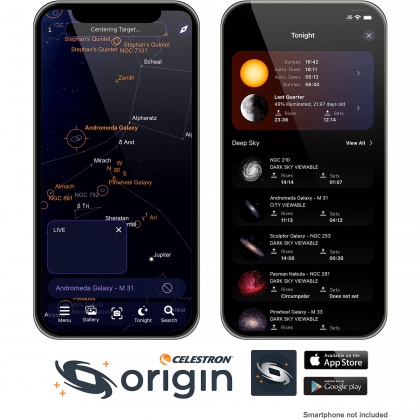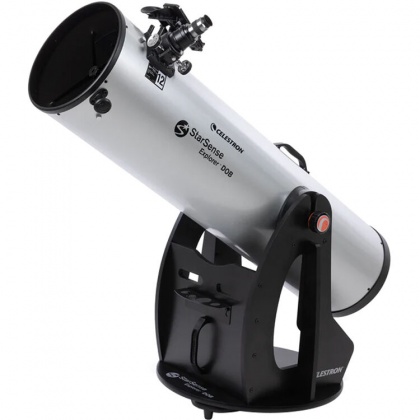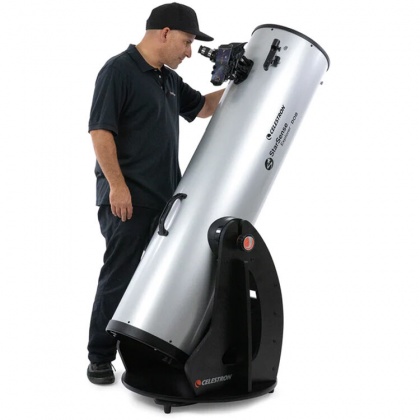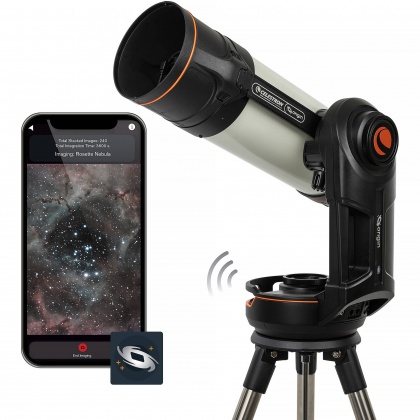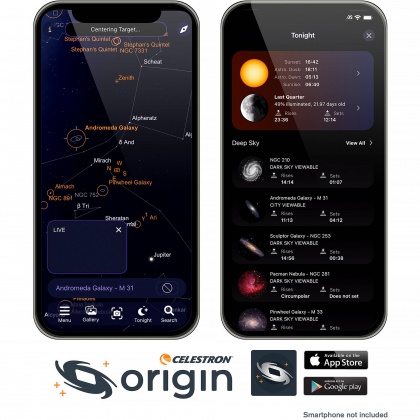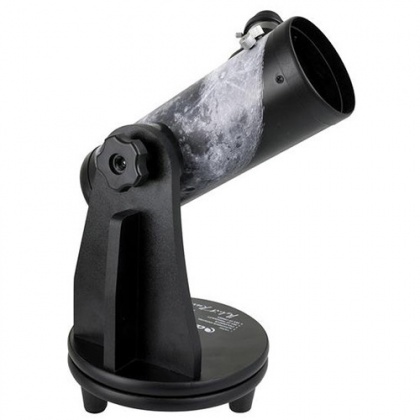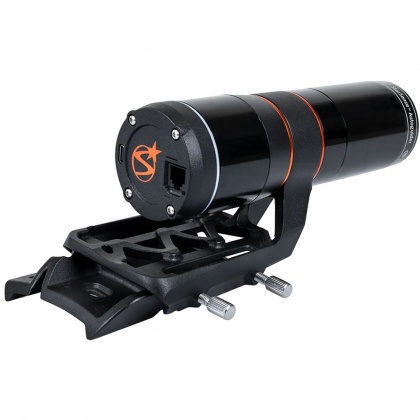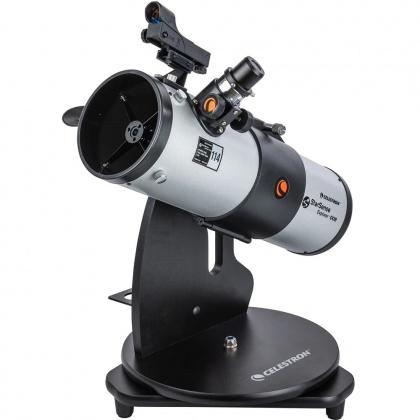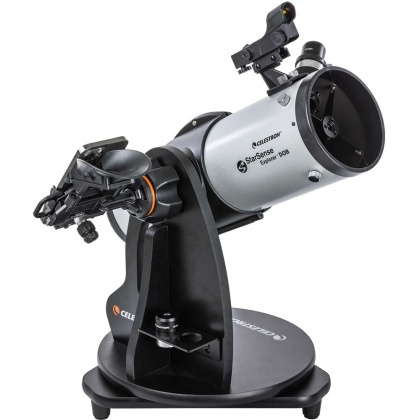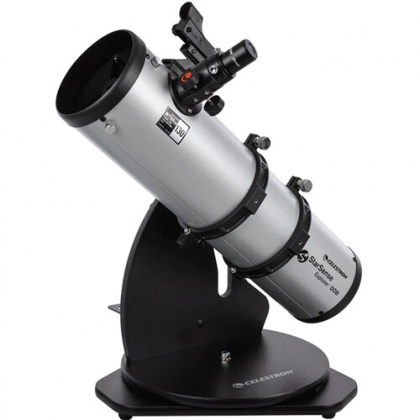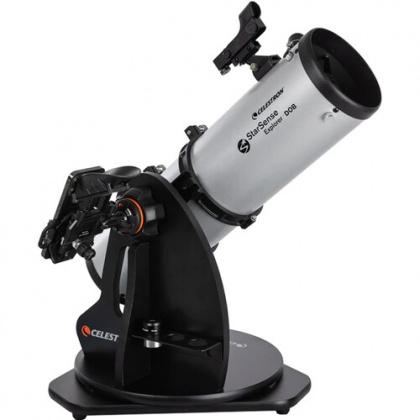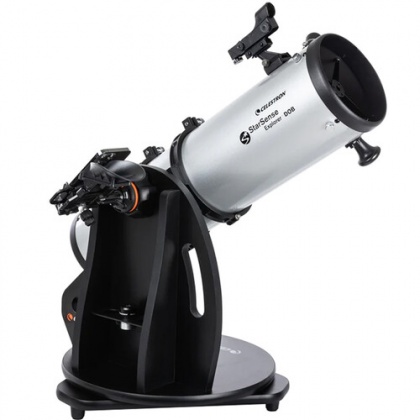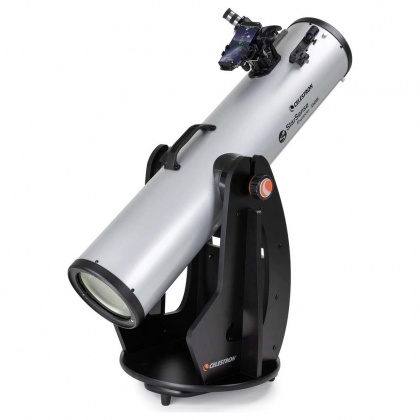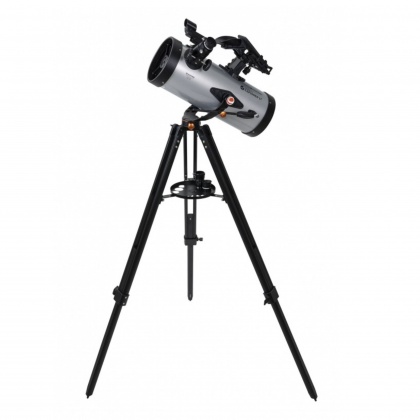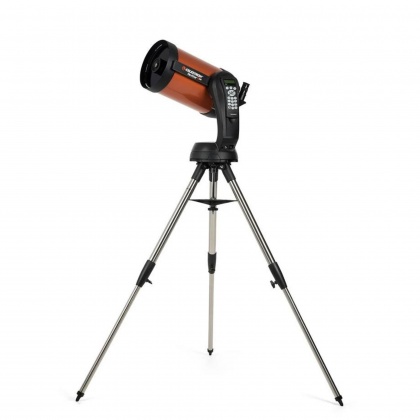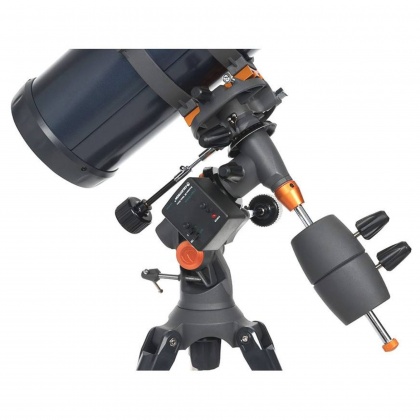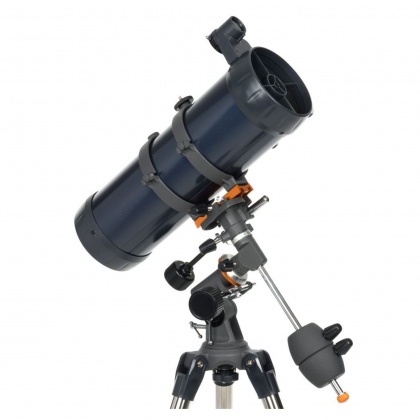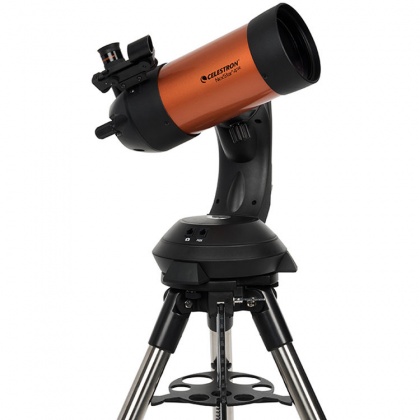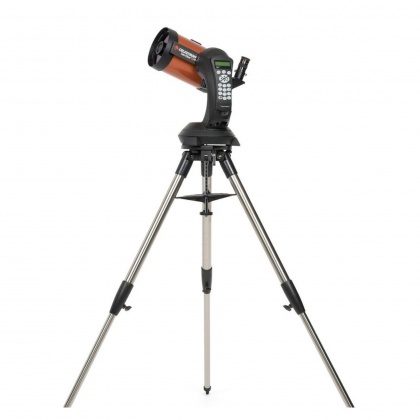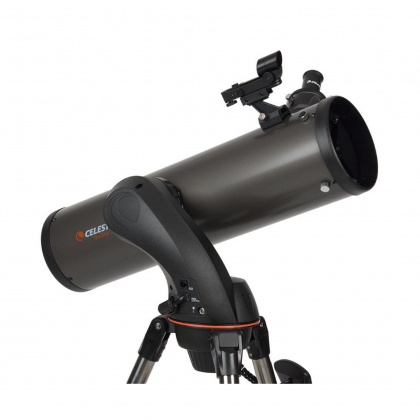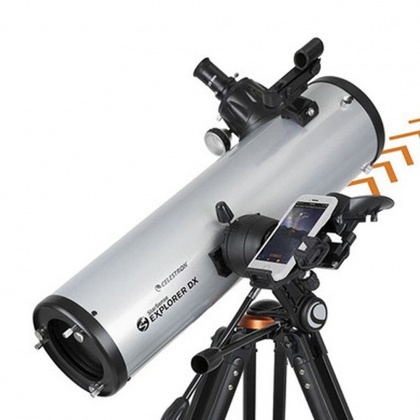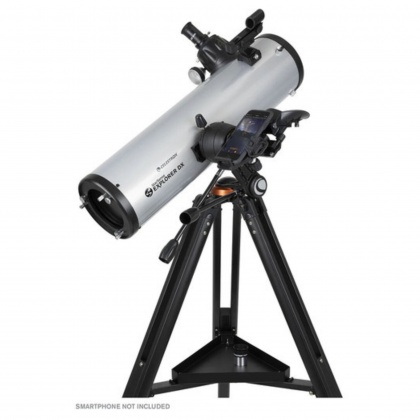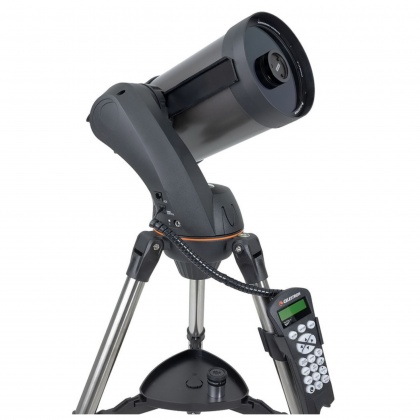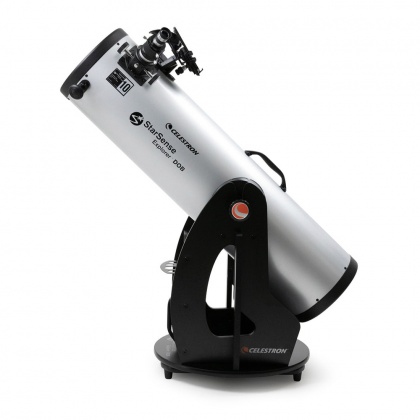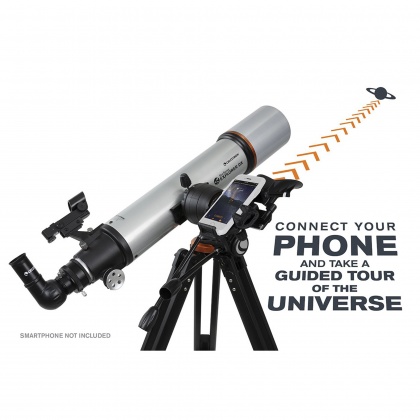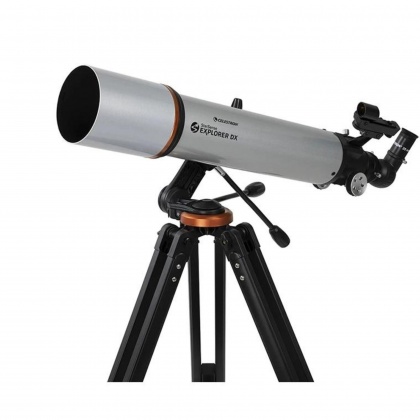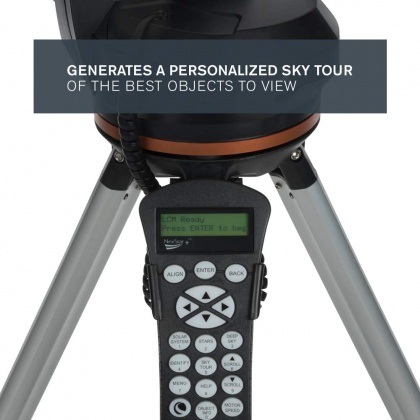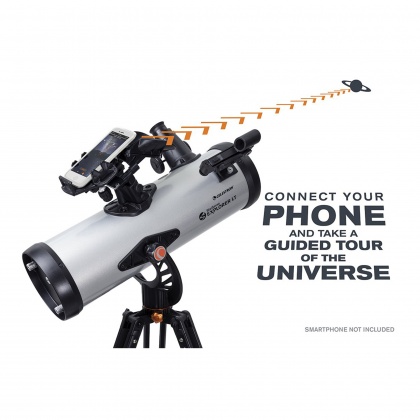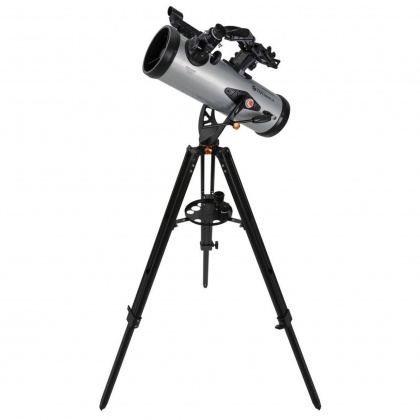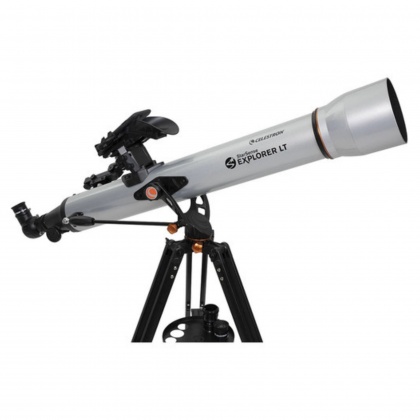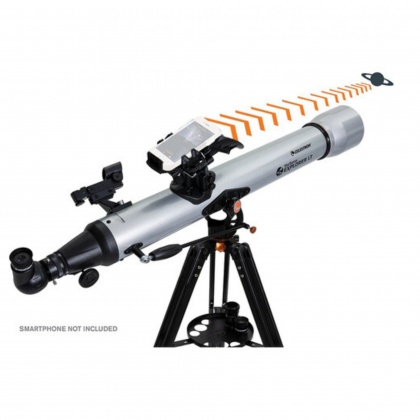Featured Products
How do I choose an Astro Telescope?
A basic telescope consists of an objective lens, or 'refractor' at the front and a second 'eyepiece' lens at the other.
If you build a longer and more powerful telescope, the objective lens needs to be bigger and heavier and is better replaced by a curved mirror, or 'reflector'. The Hubble space telescope is a good example. Most of our range of Astro telescopes are reflectors.
We have put some FAQs on our main Telescope and Accessories page.
Celestron also have made a Guide to Buying your First Telescope which can be found here, as well as our Guide to Stargazing.
Celestron have established a dominant position among amateur astronomers as well as casual star-gazers.
There are four main ranges of Celestron Astro Telescopes.
StarSense Explorer: Celestron has reinvented the manual telescope with StarSense Explorer—the first telescope that uses your smartphone to analyze the night sky and calculate its position in real time. StarSense Explorer is ideal for beginners thanks to the app’s user-friendly interface and detailed tutorials. It’s like having your own personal tour guide of the night sky.
Astromaster: An ideal entry level telescope, Celestron’s dualpurpose AstroMaster series features precision optical elements and premium coated optics for bright, clear views, whether you’re observing celestial objects or terrestrial landscapes. No matter which telescope you choose, you’ll be able to explore the craters of the Moon, the belts of Jupiter, and the rings of Saturn. For views of deepsky objects like galaxies and nebulae, consider the larger aperture Newtonian reflectors for example the Astromaster 130EQ-MD
Nexstar SLT: Take your explorations to new heights with Celestron’s NexStar SLT line. The sturdy single fork arm mount anchors your telescope, providing improved stability and performance. Available with a variety of optical designs and up to 130mm in aperture, the NexStar SLT has something for everyone. Beginners will appreciate the intuitive SkyAlign technology, which makes aligning your telescope’s computer to the night sky as easy as centering three bright objects in the eyepiece. The NexStar SLT is a precision instrument that can grow with you in the hobby of amateur astronomy for years to come.
Nexstar SE: In 1970, Celestron made its mark on the astronomy community with the legendary orange-tube C8. The NexStar SE line continues that heritage, with vivid orange tubes in four apertures on a smooth computerised SkyAlign alt-azimuth mount. Also incorporating Maksutov/ Schmidt-Cassegrain optics with StarBright XLT coatings and a built-in astroimaging wedge (on the 4SE and 5SE). The NexStar SE is a reliable all-around setup that astronomers of all experience levels will take out again and again to experience our solar system and beyond.




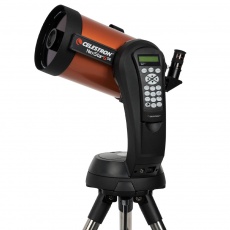
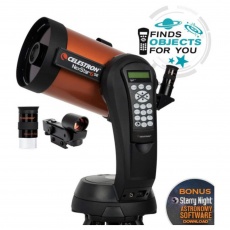


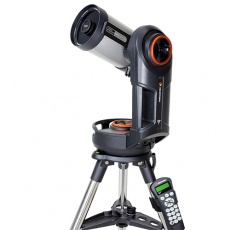

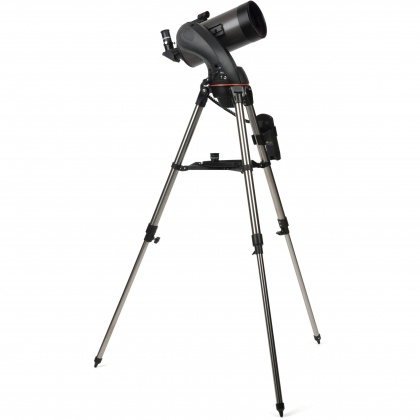

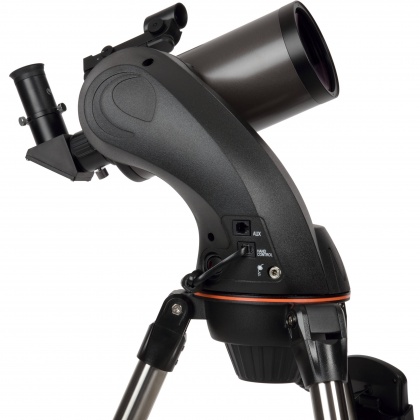

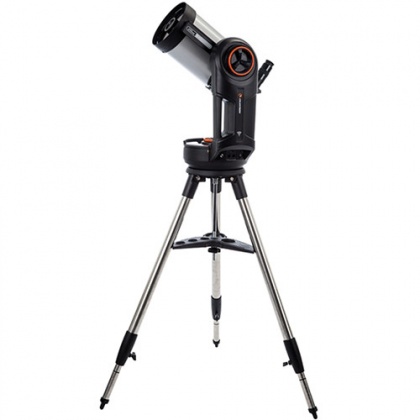
 Low Stock - order now or contact us to reserve
Low Stock - order now or contact us to reserve
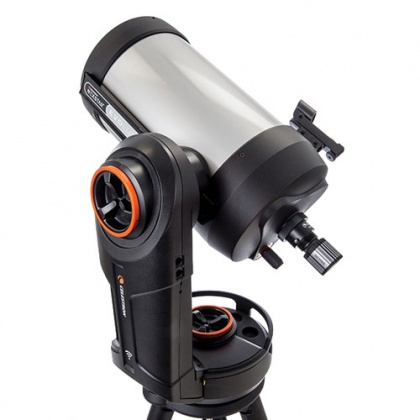
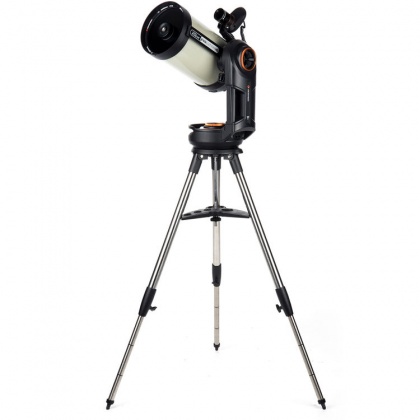
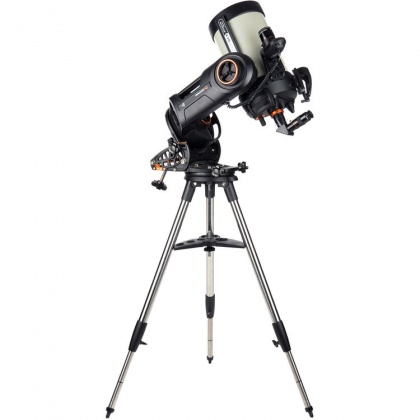
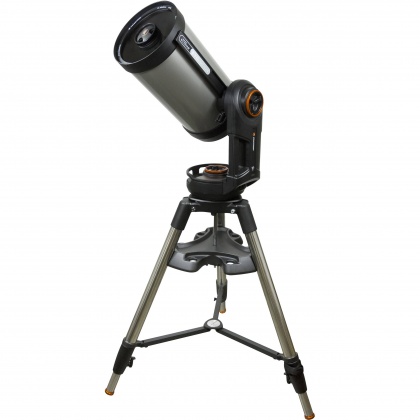
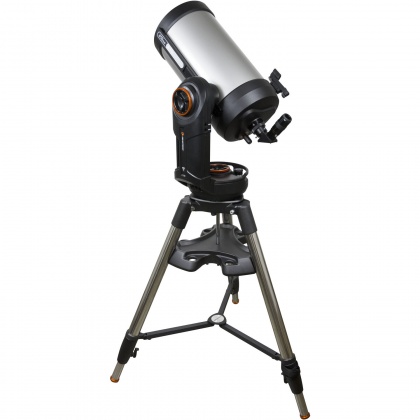
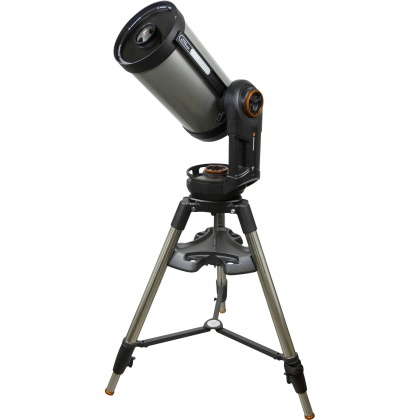
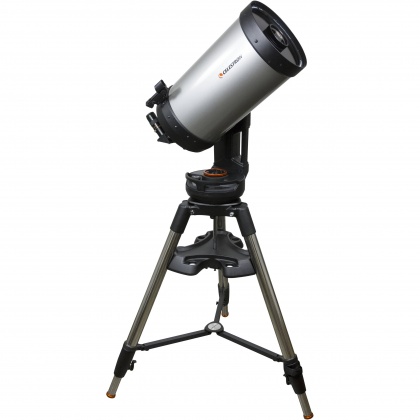

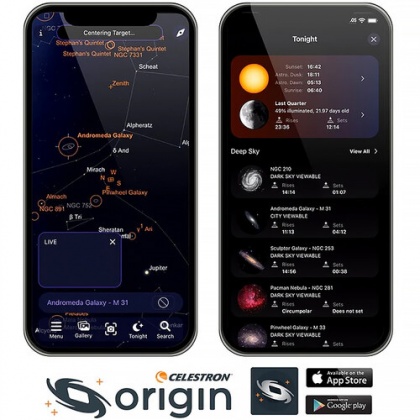
 No longer available. Please contact us for a possible alternative
No longer available. Please contact us for a possible alternative
